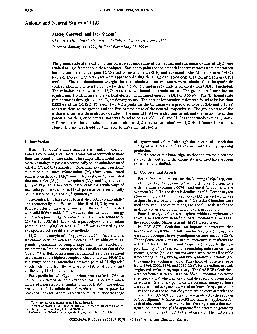PPT-Risk Neutral Equilibria
Author : tatyana-admore | Published Date : 2018-11-04
of Noncooperative Games Robert Nau Duke University April 12 2013 References Coherent behavior in noncooperative games with K McCardle JET 1990 Coherent decision
Presentation Embed Code
Download Presentation
Download Presentation The PPT/PDF document "Risk Neutral Equilibria" is the property of its rightful owner. Permission is granted to download and print the materials on this website for personal, non-commercial use only, and to display it on your personal computer provided you do not modify the materials and that you retain all copyright notices contained in the materials. By downloading content from our website, you accept the terms of this agreement.
Risk Neutral Equilibria: Transcript
Download Rules Of Document
"Risk Neutral Equilibria"The content belongs to its owner. You may download and print it for personal use, without modification, and keep all copyright notices. By downloading, you agree to these terms.
Related Documents














